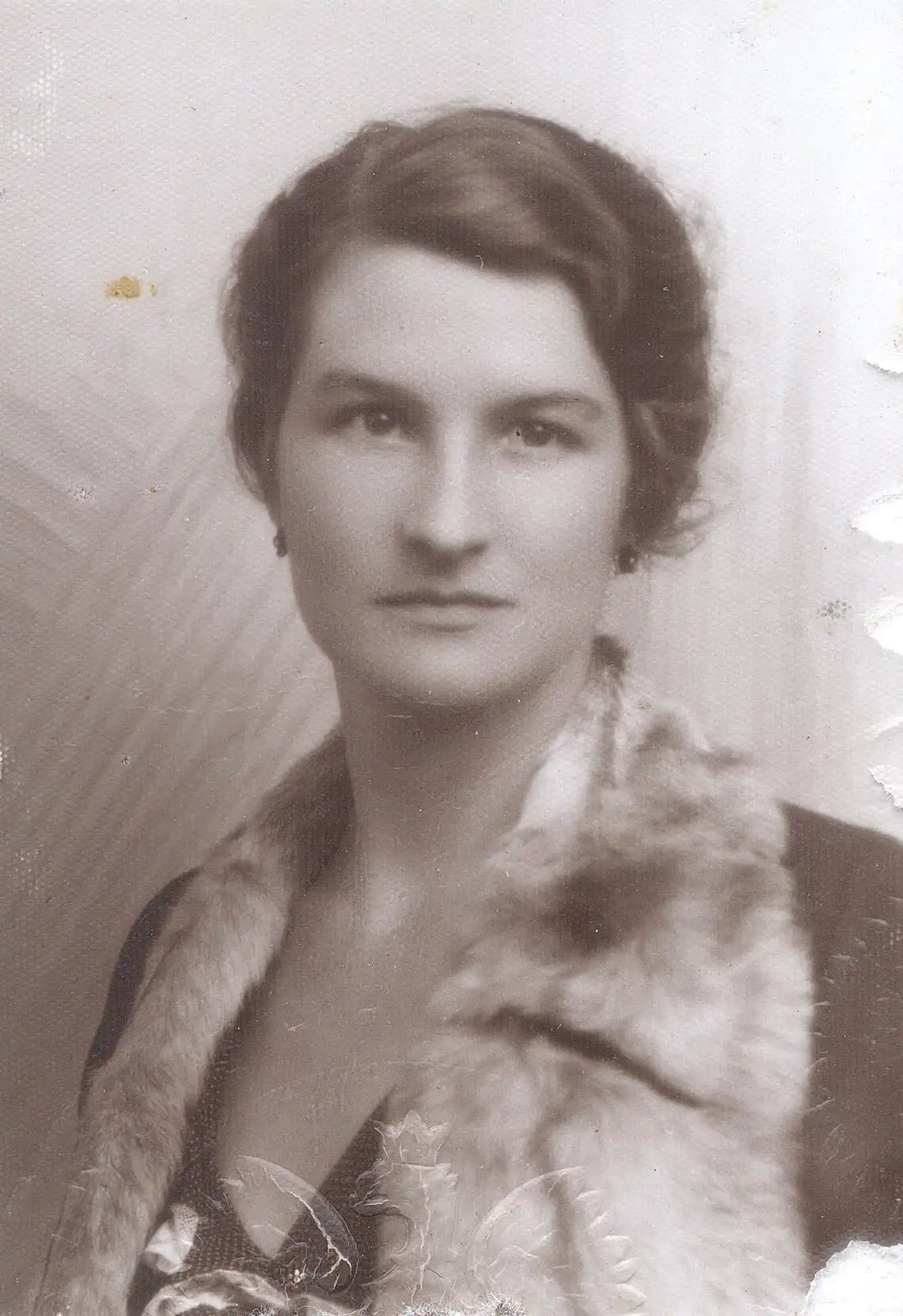
Virgina Hall
Share
Her life could have been lifted straight from a spy novel. After losing her leg in a hunting accident, she refused to let it define her. Instead, she became one of the most daring intelligence officers of World War II, operating behind enemy lines for the Office of Strategic Services (OSS).
Who was this remarkable woman? To the Nazis, she was the elusive “Limping Lady.” To her allies, she was known by many aliases — Marie Monin, Germaine, Diane, Camille, even Nicolas. But history remembers her as Virginia Hall.
During the war, Virginia built resistance networks, aided escaped prisoners of war, and recruited French citizens to shelter agents in safe houses. She outsmarted the Gestapo at every turn, earning such a reputation that her capture became one of their top priorities.
For her unmatched courage, Virginia received the Distinguished Service Cross, the only civilian woman ever to be awarded that honor.
Born in Baltimore, Maryland, Virginia Hall Goillot was gifted with languages and a restless sense of adventure. She studied at Radcliffe, Barnard, and across Europe before joining the U.S. Foreign Service as a clerk in Warsaw. Her next posting in Turkey changed everything — at just 27 years old, she lost her left leg in a hunting accident. Fitted with a wooden prosthetic she nicknamed “Cuthbert,” she carried on, later serving in Venice.
When she applied to become a full U.S. diplomat, however, her dream was crushed. The State Department informed her that her disability disqualified her.
But fate had other plans.
At the outbreak of World War II, Virginia was in France, where she volunteered with the ambulance corps. After the fall of France, she escaped through Spain to England and soon joined the Special Operations Executive (SOE) — Britain’s secretive sabotage and spy agency. There she trained in weapons, radio operations, and resistance tactics before being sent back into occupied France.
For the next several years, Virginia became legendary. Whether working with the SOE or later with the OSS, she organized sabotage, moved intelligence, and built resistance cells — all while remaining one step ahead of Nazi hunters.
After the war, she wasn’t ready to stop. At 40, she entered the newly forming world of U.S. intelligence. Fluent in Italian, she returned to Venice to track political and Communist activity. She later worked with the National Committee for a Free Europe, a CIA front tied to Radio Free Europe, and officially joined the CIA in December 1951.
For the next 15 years, Virginia Hall applied her experience in covert action to support anti-Communist resistance groups throughout Eastern Europe. She was one of only a few senior women in CIA’s clandestine service until her retirement in 1966.
Through it all, Virginia Hall never let obstacles stop her — not rejection, not war, not even the loss of her leg. She remains a symbol of resilience, ingenuity, and quiet heroism.